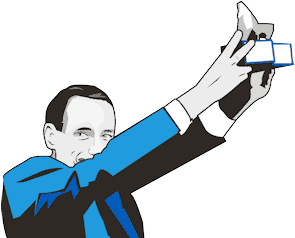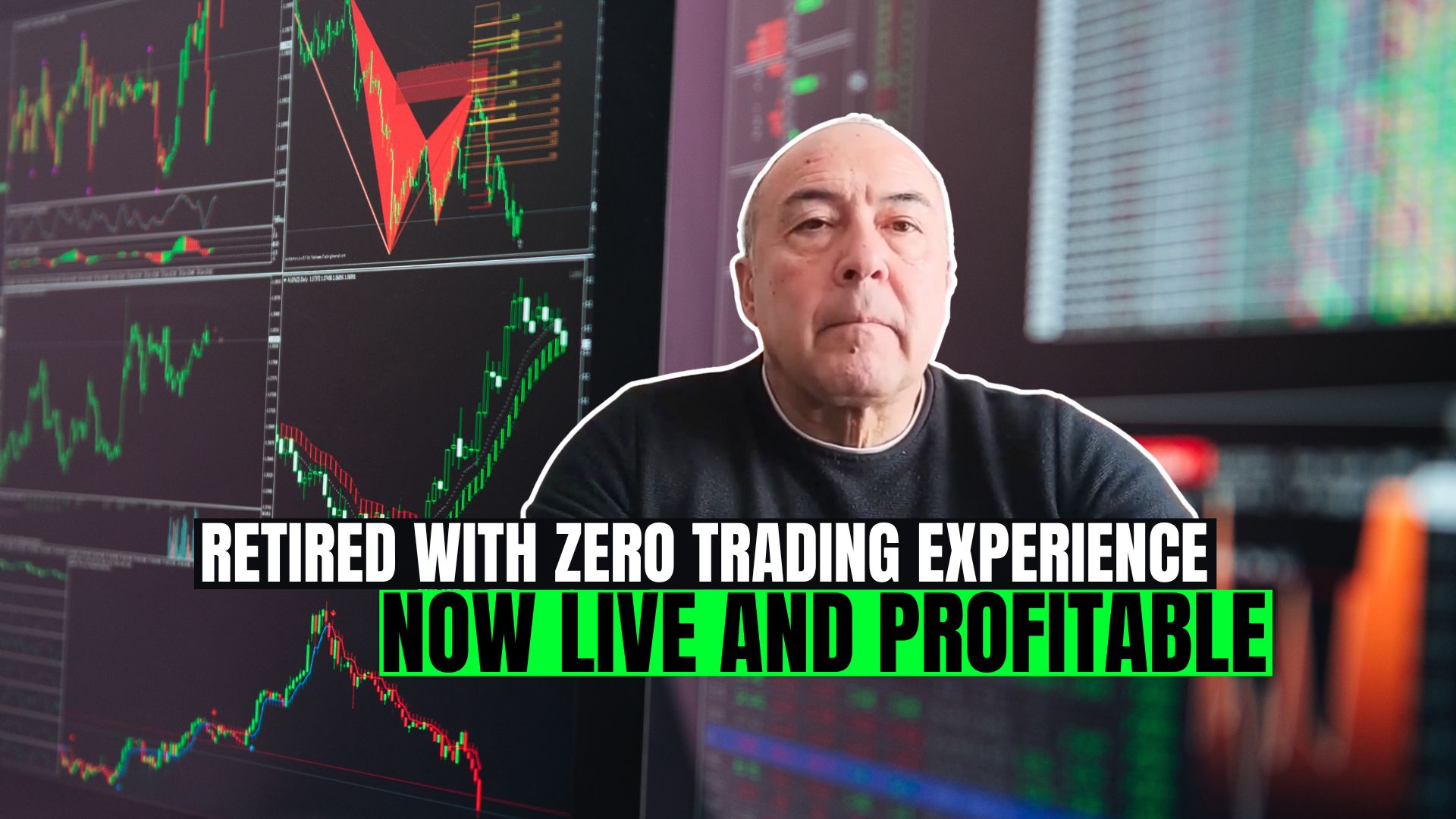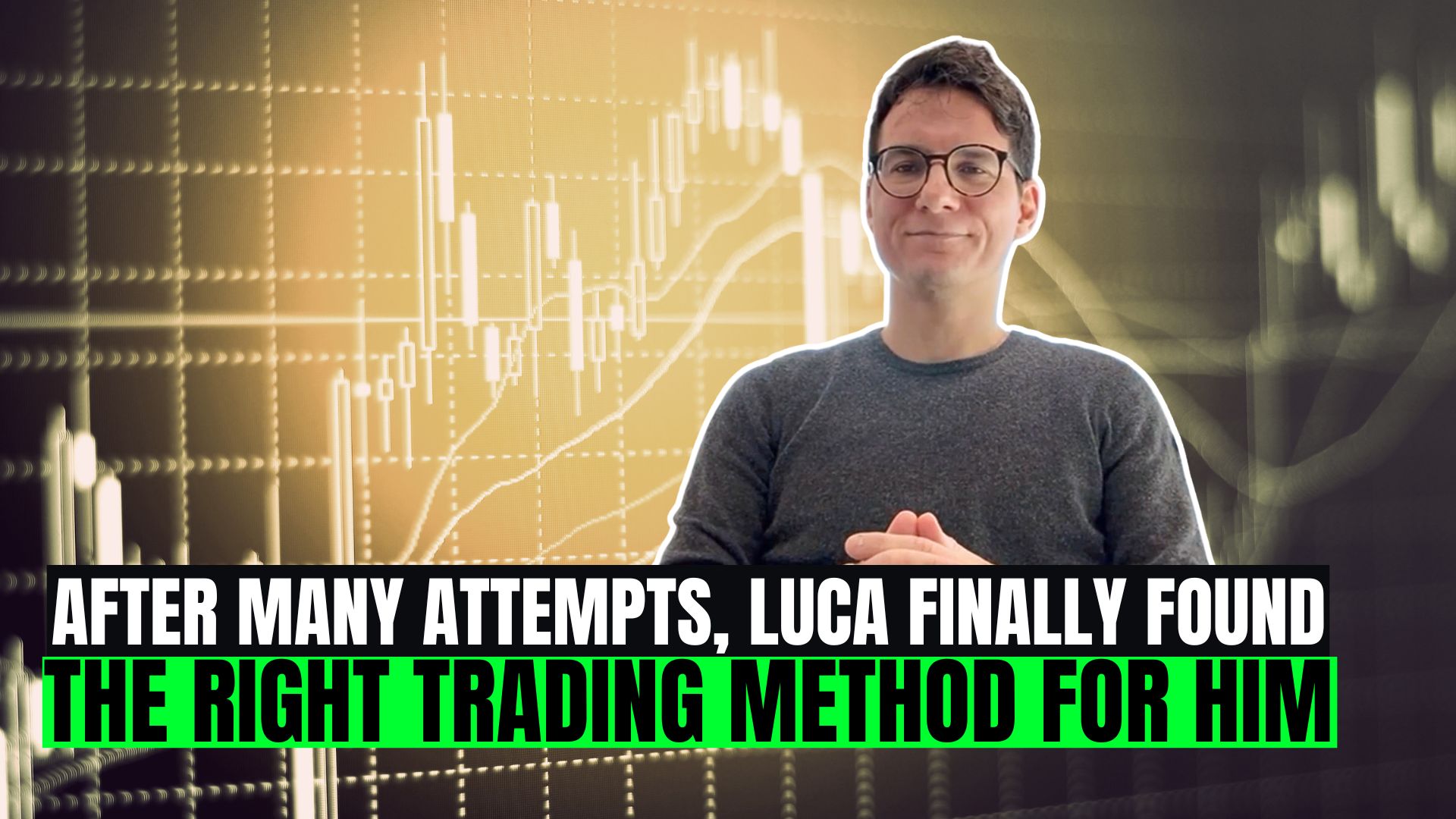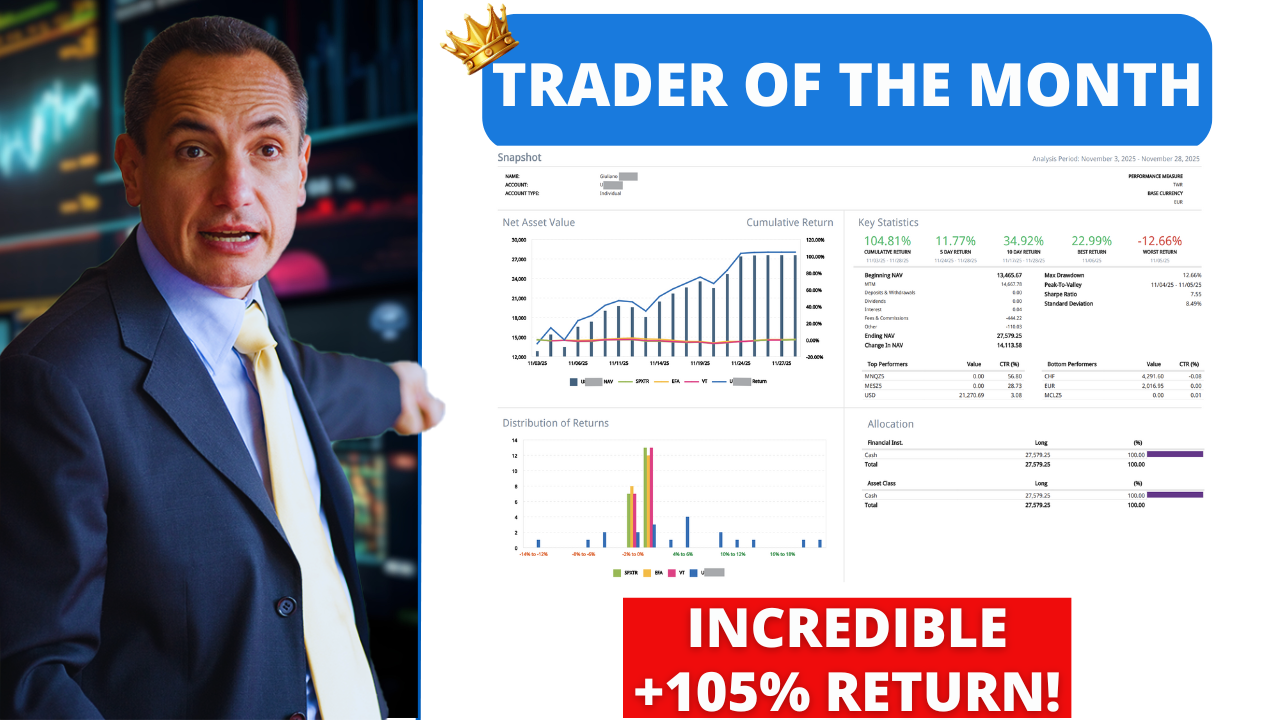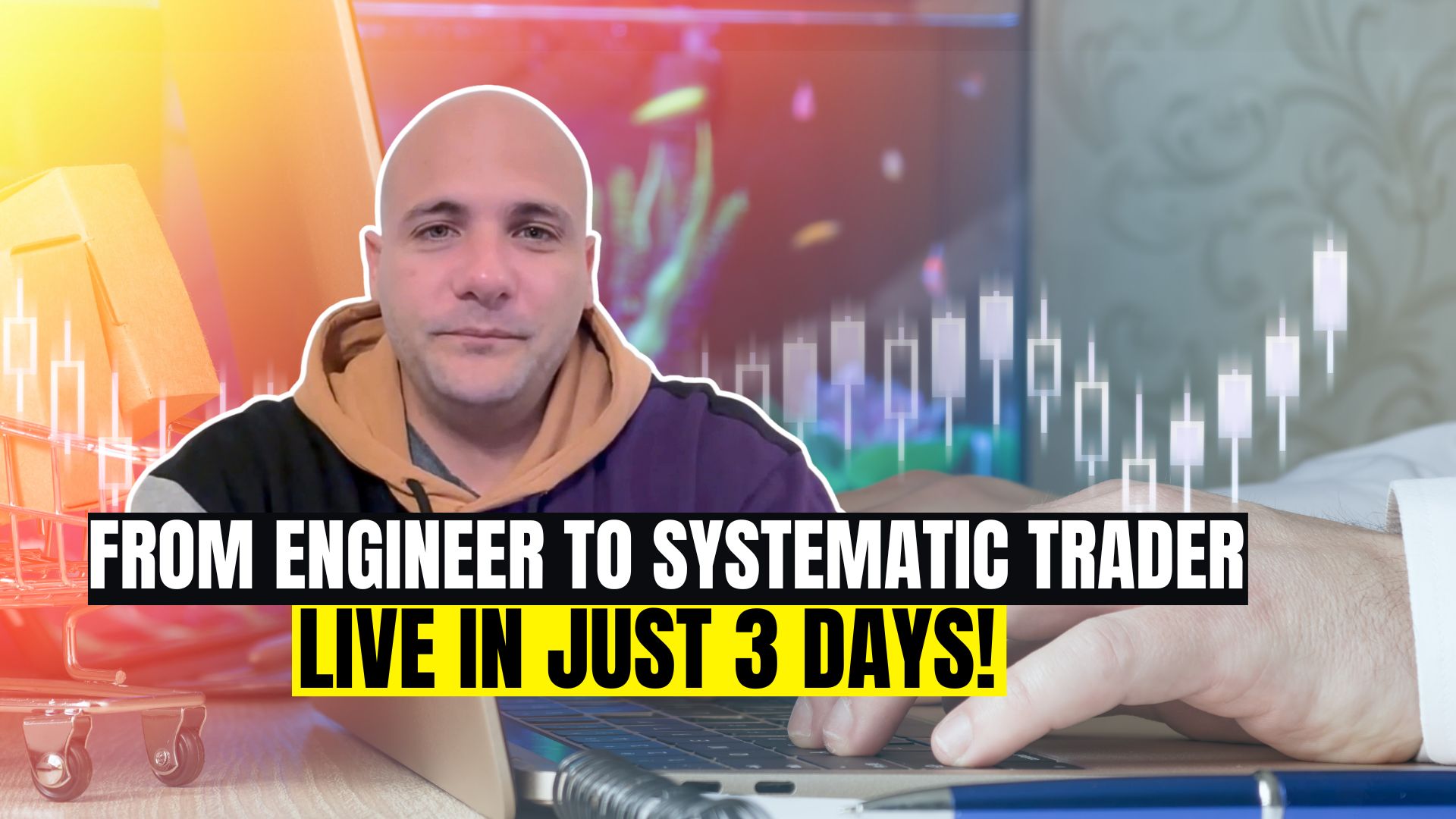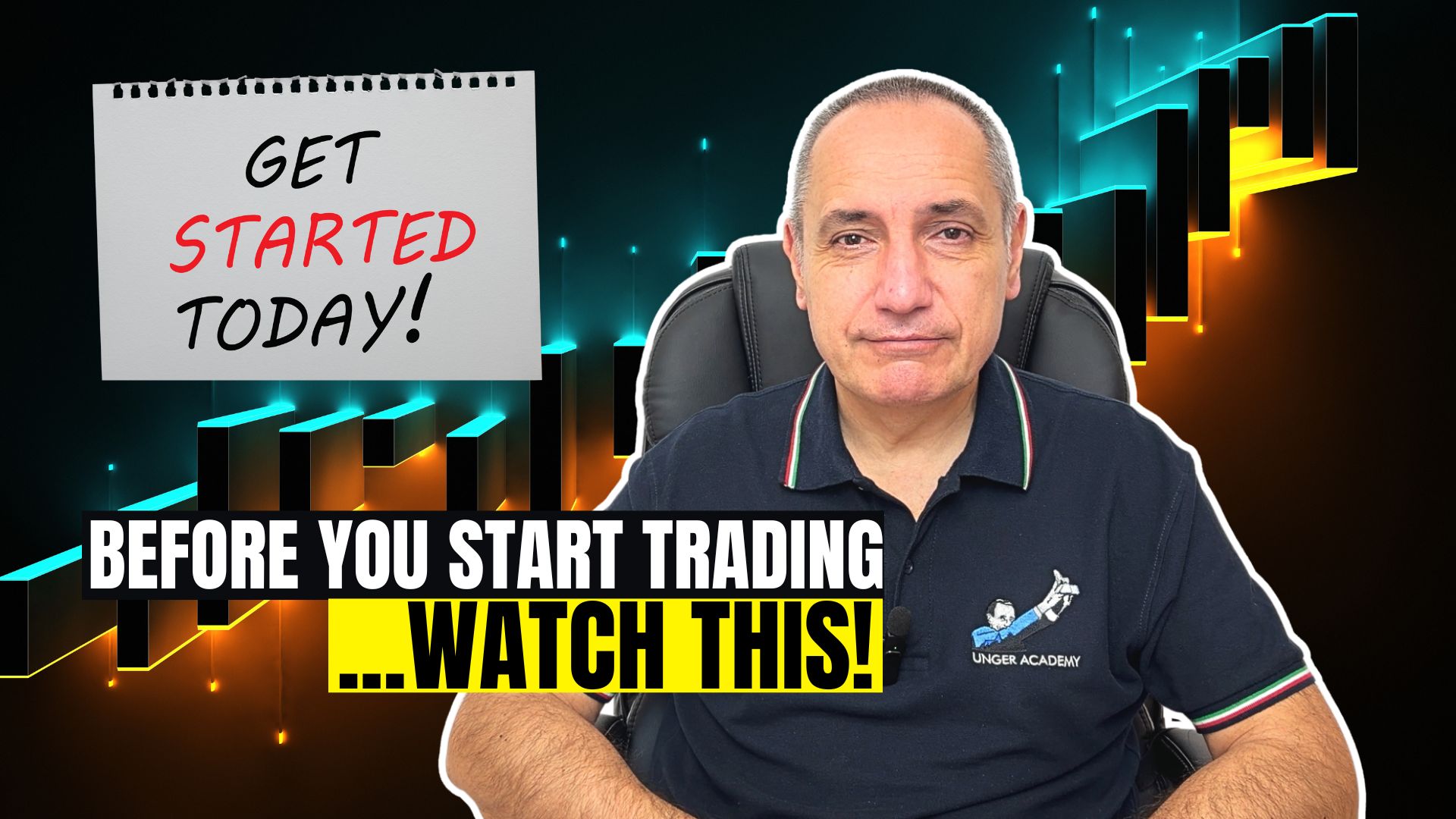Why using the right tools can simplify your systematic trading
Hello and welcome to this brand-new video! Today, I want to talk to you about the infrastructure for systematic trading.
One of the coaches at Unger Academy here and this is certainly something you often ask us about for more information.
You might be inclined to think that the infrastructure for systematic trading is a complex thing.
That isn’t the case at all, as we’ll see together today.
Datafeed: The best market data providers
One of the basic requirements for systematic or discretionary trading is market data, that is to say the so-called "data feed", so that part of the infrastructure that provides us with real-time market data.
They should be of good quality and preferably not overly expensive.
So, we set out to find the best value for money and selected some of the best data feeds, in our opinion, TradeStation and IQFeed.
Platform: Requirements and tips for finding user-friendly and reliable software
Once we have this market data, it must be processed by a platform suitable for systematic trading.
So, using the past data, we can do backtests that give us some confidence about the goodness of the strategies we want to trade.
At the same time, the platform can process this data stream in real-time and send orders to the market.
But what requirements should a trading platform have to be used with the systematic approach?
Well, it must be easy to use and especially to write code because we are not programmers. We are traders.
So, it’s crucial that writing the code is simple because we can test many trading strategies over time, and you will see that most of them will be discarded.
Not only that, but it also has to be reliable, meaning it has to support us 100% in our trading activities and allow us to diversify our portfolio well by using many different trading strategies simultaneously. So, it must be very reliable.
In addition, it may need to be multi-broker and multi-datafeed capable, allowing us to decide where we source market data and to which broker we send the orders.
Now, there are really many trading platforms for systematic trading.
Perhaps the best known, also because it’s free, is Metatrader.
Then we have Ninja Trader, which is very nice, definitely good, but a bit difficult to program.
TradeStation isn’t bad, but I think it lacks some reliability when it comes to trading a very large portfolio of strategies at the same time.
At Unger Academy, we decided to use MultiCharts.
Why did we choose this trading platform? Well, because of all the software available, it is the one that meets all the requirements I mentioned.
As I have already told you, we are traders and not programmers.
Have a look at these two lines of MultiCharts code applied to Bitcoin. The meaning is pretty intuitive, even for those who aren’t programmers.
Using these lines of code, we can backtest the strategy and then, if the results are good, we can activate it, so MultiCharts will use the data from the market, run the strategy and send the orders to the market.
The broker: Requirements and useful tips for easy trading
And here, we come to the third infrastructure block, which is the broker.
So, what is the broker for? To connect us to the market.
We have our trading platform that runs the strategy, sets the entry levels, and sends the order to the exchange through the broker.
So, what requirements must the broker meet? Of course, it must be a reliable broker. By reliable, I mean in the legal sense of the term.
Many companies offer investment services.
In my opinion, we should turn to those regulated in countries that offer us certain guarantees from a legal standpoint, such as Europe and America.
In addition, the broker must be equipped with an IT infrastructure suitable for systematic trading.
Namely, we must be able to communicate with the market through the broker’s API automatically.
Another aspect that can’t be ignored is the economic aspect because, as systematic traders, we’ll develop many strategies that will work at the same time.
We’ll tackle many different markets, and you’ll understand that a few extra euros in commissions can make a difference at the end of the year.
Our Pro Tip for staying connected to the market all the time
Theoretically, the infrastructure could have ended here.
However, the computers that we have at home are often unreliable, or there can be problems with the power line, so power outages, or problems with the Internet connection.
For this reason, it is advisable, from a professional standpoint, to use a server or VPS, which is a virtual machine that emulates our computer 100%. A VPS is like a remote computer located in a server farm,
where the local power and internet connection with backups are always guaranteed.
So we can be sure we always have a direct connection to the market.
As we’ve seen together, this is nothing particularly complicated. I would say it’s really within everyone’s reach these days.
So, if you want to learn more about other topics related to systematic trading, I recommend you click on the link in the description of this video, where you’ll find many free resources to explore!
See you soon! Goodbye!
